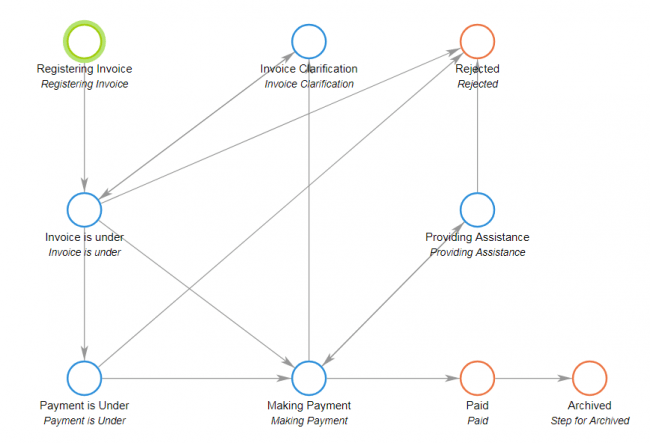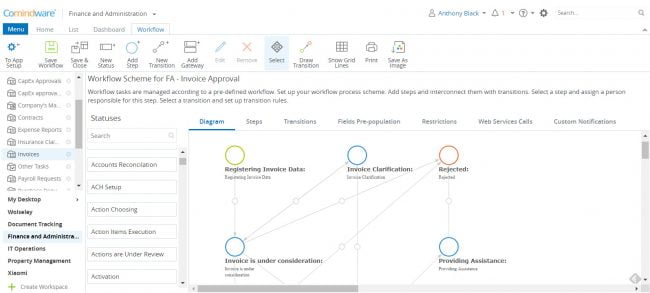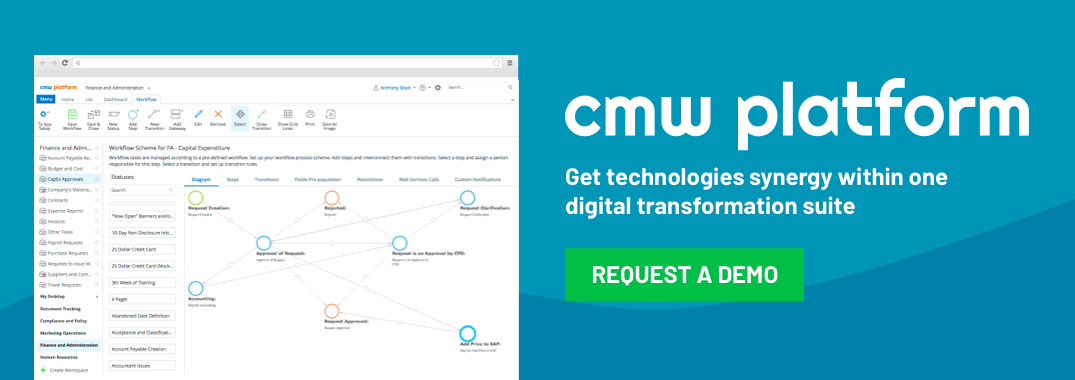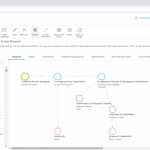It is Time for Business Process Reengineering (BPR)
February 15, 2023
First, we will explain to you what BPR is. The best business process reengineering definition is this. BPR “encompasses the envisioning of new work strategies, the actual process design activity, and the implementation of the change in all its complex technological, human and organizational dimensions.” – Thomas H Davenport (1993). Also, business process engineering is about creating a new value system and redesigning a workflow. Thus, the engineers have to come up with prototypes, simulations, and tests before they could implement the new value system. Organizations reengineer two key areas of their businesses. First, they use modern technology to enhance data dissemination and decision-making processes. Then, they alter functional organizations to form functional teams. BPR started in the early 1990s. This was when a book, “Reengineering the Corporation”, was published. The book authors, Michael Hammer and James Champy, wrote that extensive redesigning and restructuring of the workflows was the only way to reduce costs and increase the quality of goods. Their key strategy was, and still is, information technology. The two writers gave a model for redesigning and streamlining workflows. It consists of seven business process reengineering principles that are still actual and especially noteworthy:
- Focus on organizing outcomes and avoid reshuffling tasks.
- Identify all the processes in a company, define outcomes and priority of processes in order to redesign their urgency.
- Keep information production and processing in a single workflow.
- Treat geographically distributed resources as though they were based in a single location.
- Link parallel workflows instead of integrating outcomes of separate processes.
- Put the decision point into the workflow and ensure control.
- Make sure that information is captured once during the business process.
Table of Contents
Why try business process reengineering?
The main reason why using the business process reengineering methodology is important is because businesses should be agile and flexible. They should be organized in a manner that allows proper exploitation and optimization of technology when managing business operations and determining growth routes. This method allows a through re-positioning of personnel, processes, and technologies. It provides 3 benefits.- Cost and cycle time reduction – It does this by getting rid of unproductive activities and redundant human labor. When a business reorganizes by teams, it decreases the importance of having management layers. It also accelerates information flows and gets rid of errors and job repetitions.
- Promotes quality – This happens because BPR decreases disintegration of work. Instead, it creates a clearer picture of who does what. This increases accountability among workers. Also, it makes performance appraisal easier by basing it on quick feedback.
- Ensures customer satisfaction – If customers’ needs are fulfilled quickly, they are likely to feel satisfied.
How does business process reengineering work?
The key business process reengineering steps are shortly covered in reengineering definition. A wider list of steps includes the following:- Focusing your company values on customers’ needs once again.
- Designing your core processes again with business process reengineering tools.
- Organize a business into cross-functional teams. This will create continuous accountability for each process.
- Think through your standard personnel and organizational issues once again.
- Enhance business process in the entire organization.
The implementation procedure
The reengineering implementation process is done in steps that were clearly defined by Davenport, 1992. Here they are:- Transparent and measurable objectives – This is the first step in the process of implementing business process engineering. Goals can be anything, including cost reduction, quality improvement, and enhancing efficiency and so on. The important thing is that they have to align with the business vision and mission.
- Evaluation of business processes – Now the goals are in place. The next task is to identify and study all processes. This will reveal processes that need an instant If there are processes that clash with your business mission and interfere with its productivity, change them.
- Analyze clashing processes – These processes are not necessarily bad. If studied thoroughly, chances are that they can be improved. So, find out whether these processes are time-consuming, offers compromised output or are giving the competitor an upper hand.
- IT and technology capabilities – It is difficult to implement a usable BPR strategy without an efficiently running IT system with a set of key features for BPR. IT system can help you track all factors that might affect the changes you are trying to make.
- Create a new prototype and test it – A prototype shows you exactly how the final product would look like. Once it is put to the test, the engineers know whether it is worth implementing it fully. Sometimes the project implementation will fail because of ignoring the results of prototype testing. Ensure that the IT system you choose allows to design workflow prototype and roll it out quickly, without IT staff engagement.
- Managing the big change created – Towards the end of the implementation process, there will be radical changes. To help employees cope, it’s vital to create updated documentation, governance models, organizational structures and new charts of authority and accountability. This is to eliminate confusion and to boost smooth transitioning into the new value system. To avoid failure business process reengineering methodology has to be great. The procedure is a high-risk one and too expensive to repeat. Having the support of the whole management team and employees is important.




